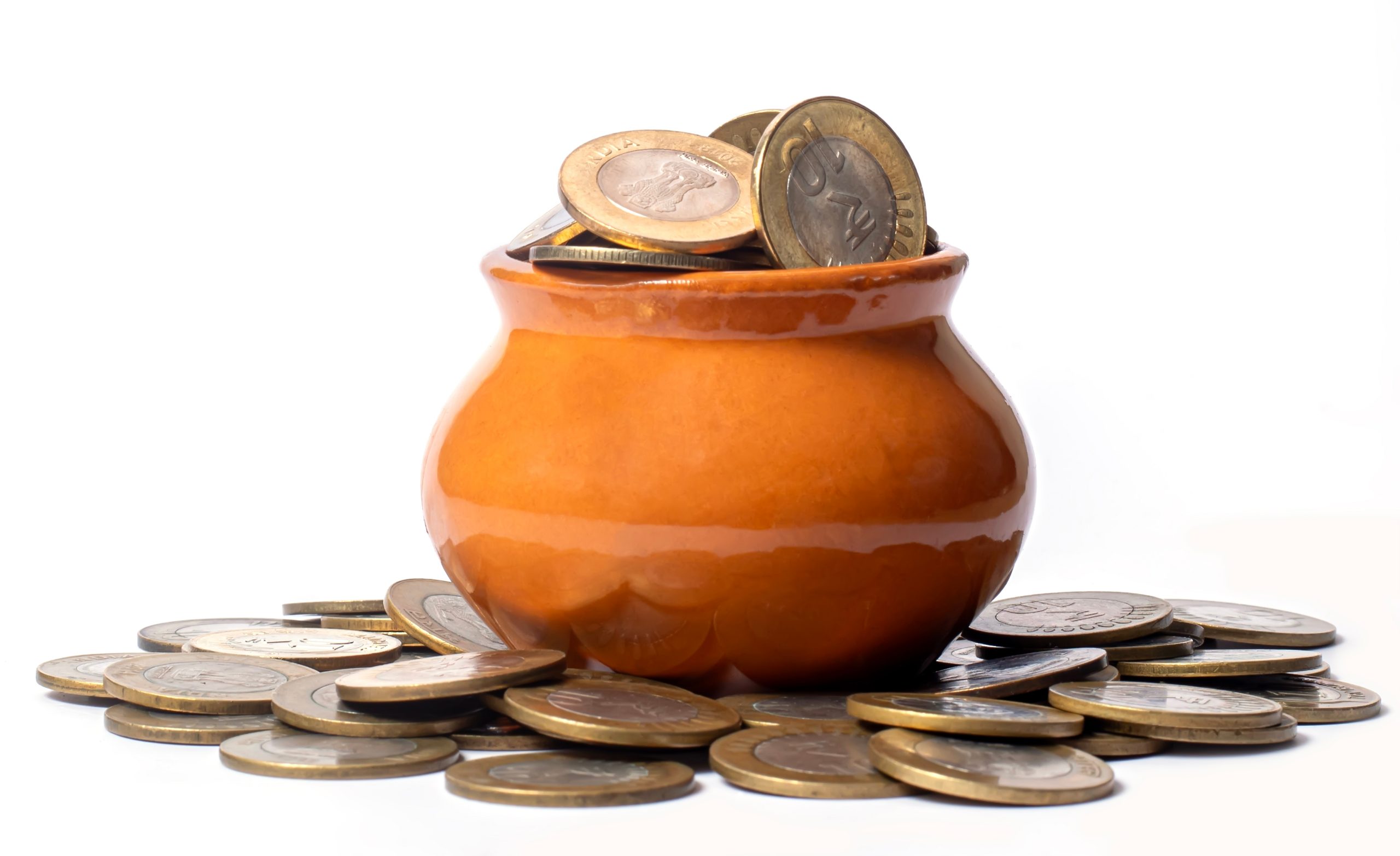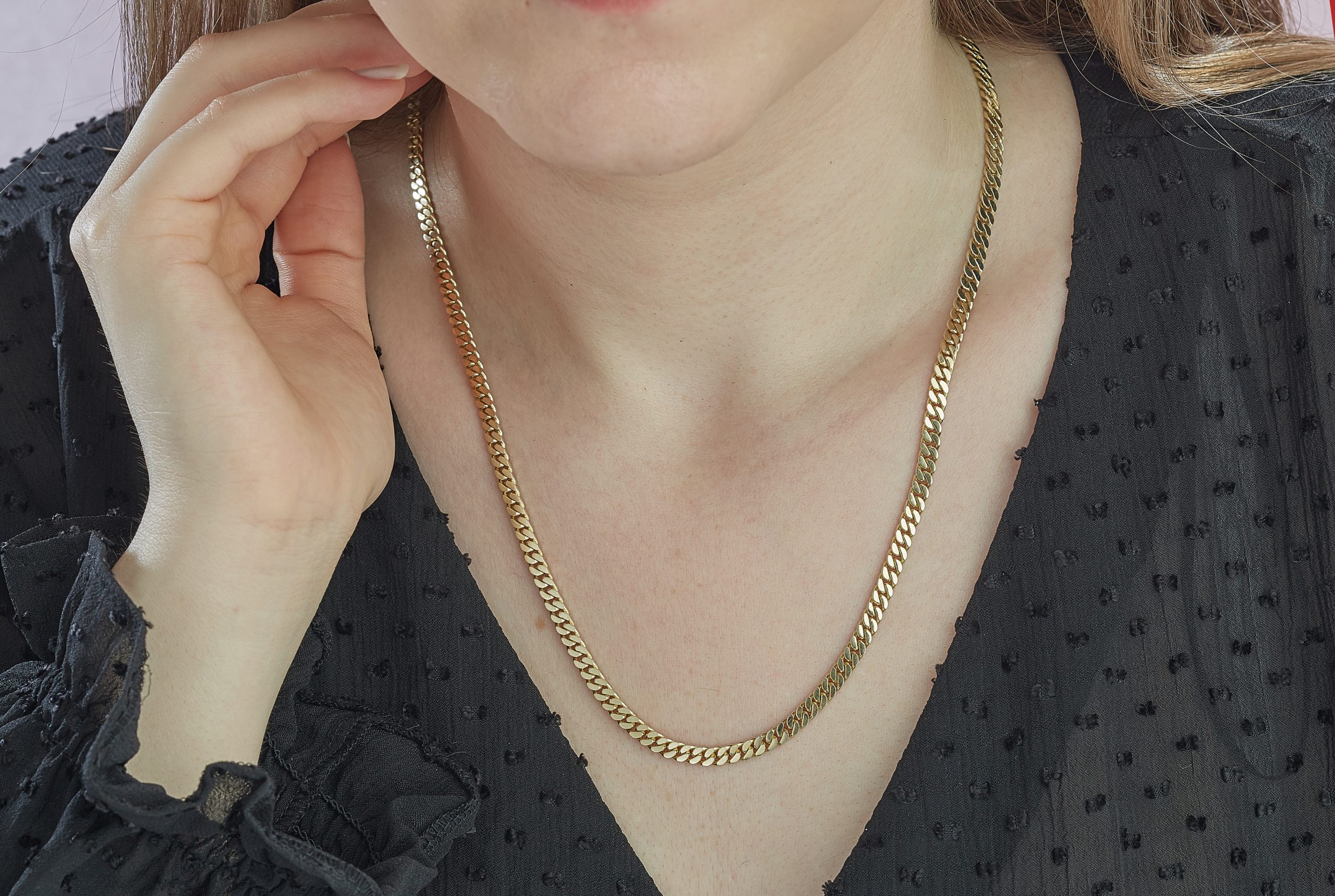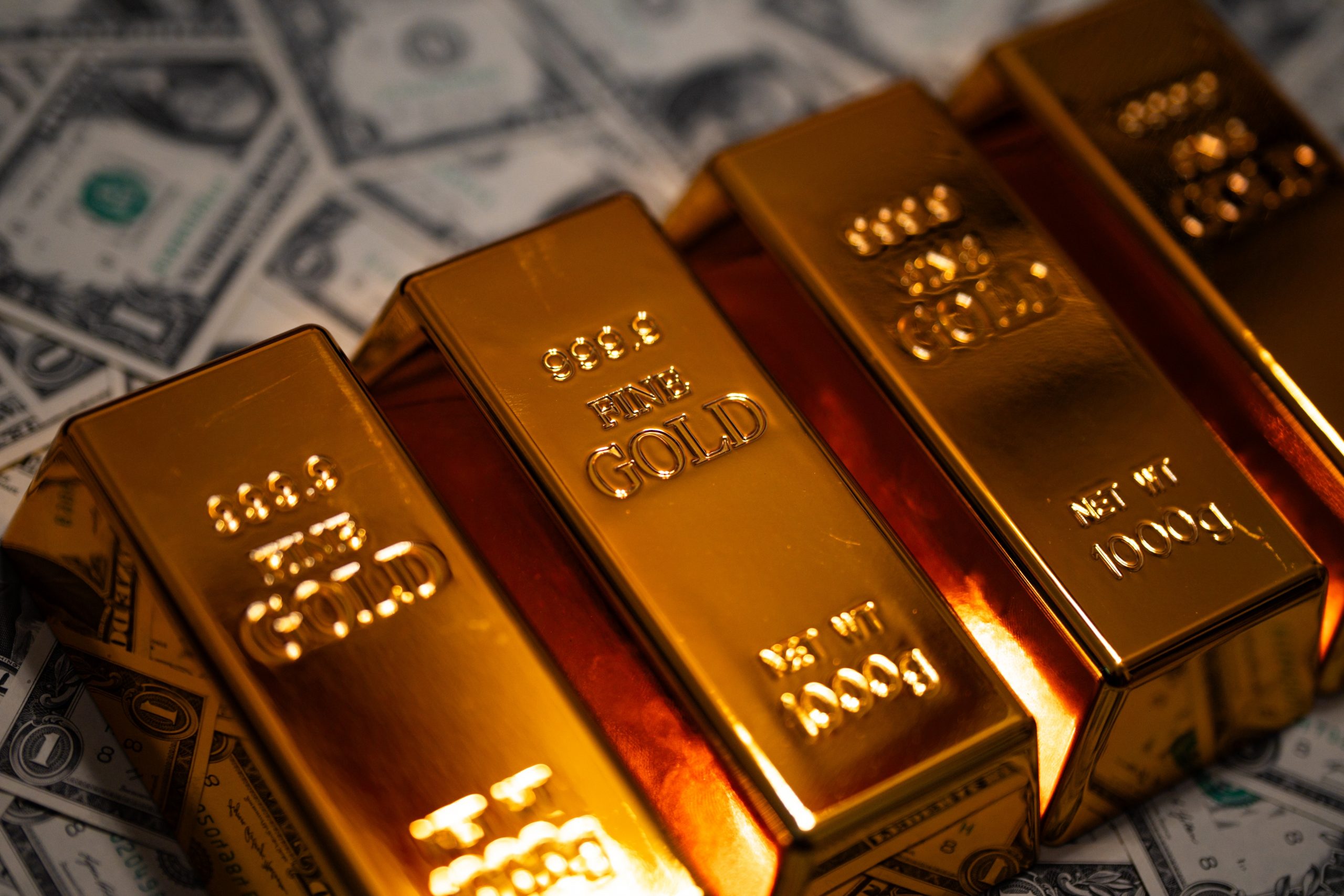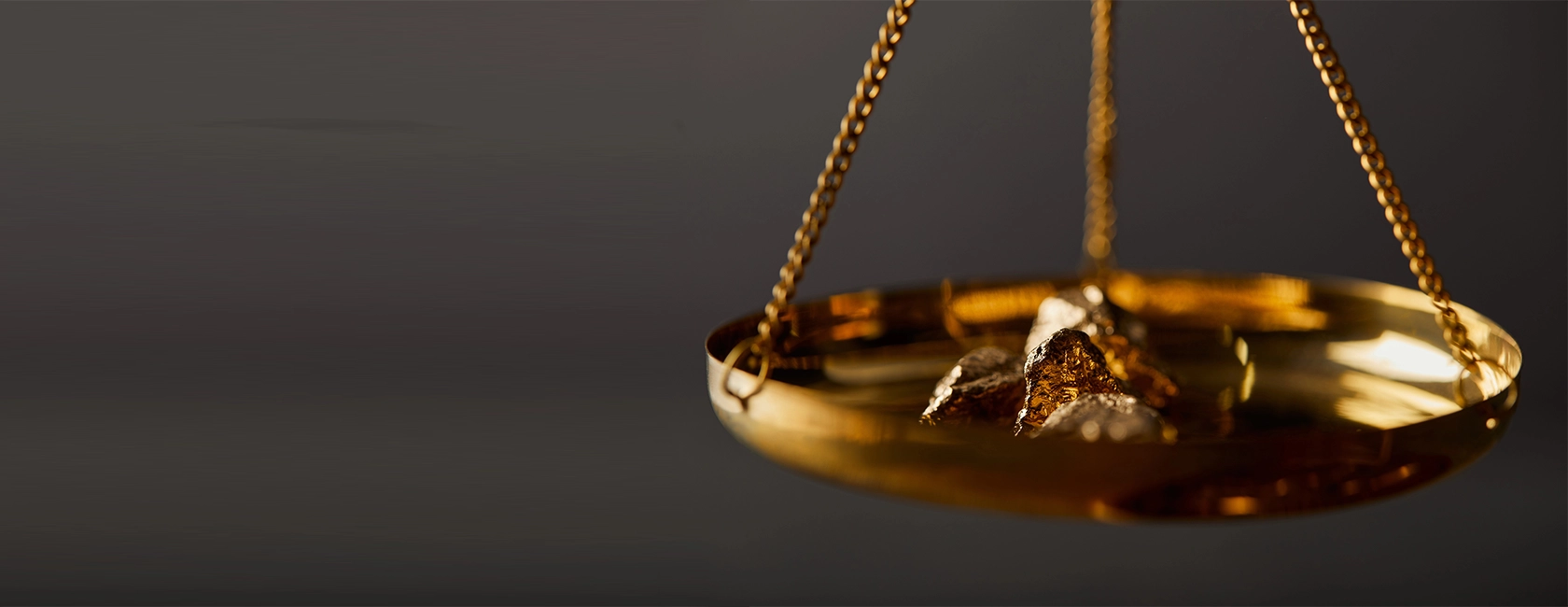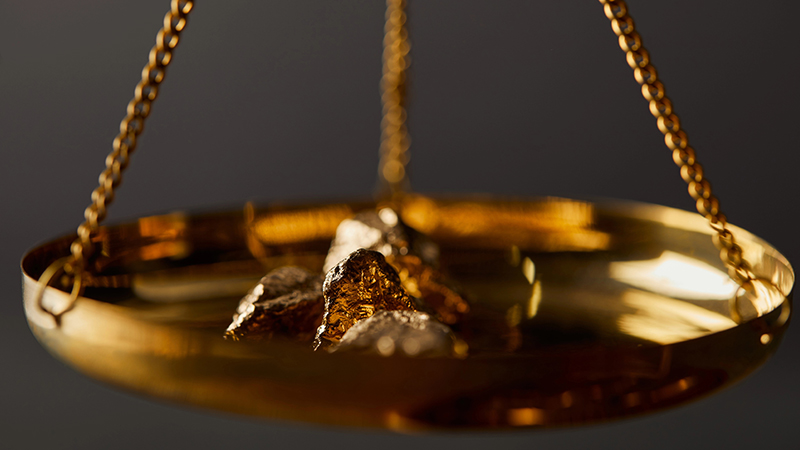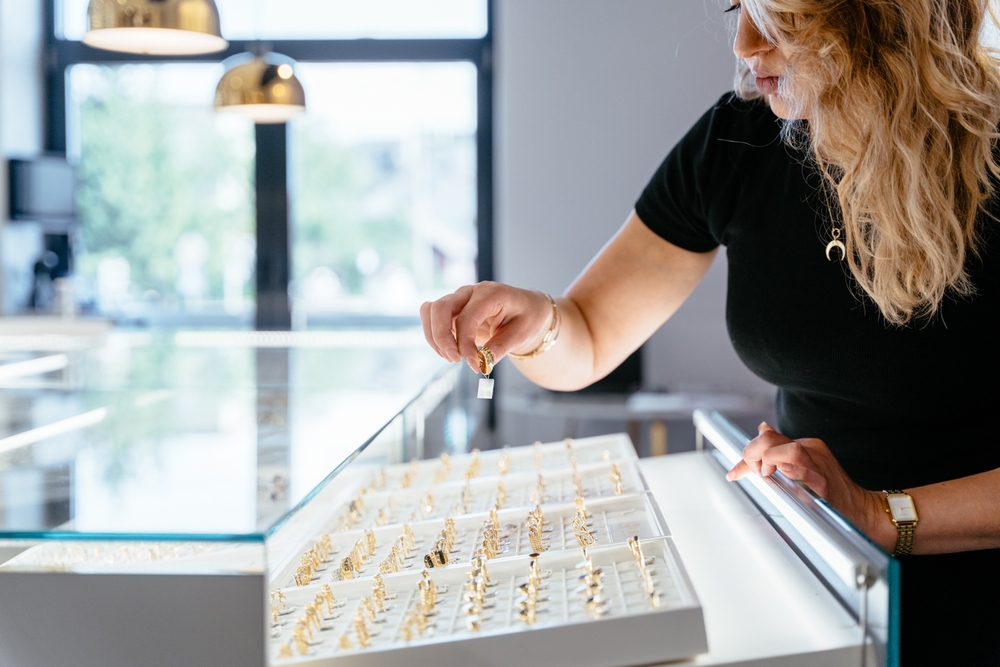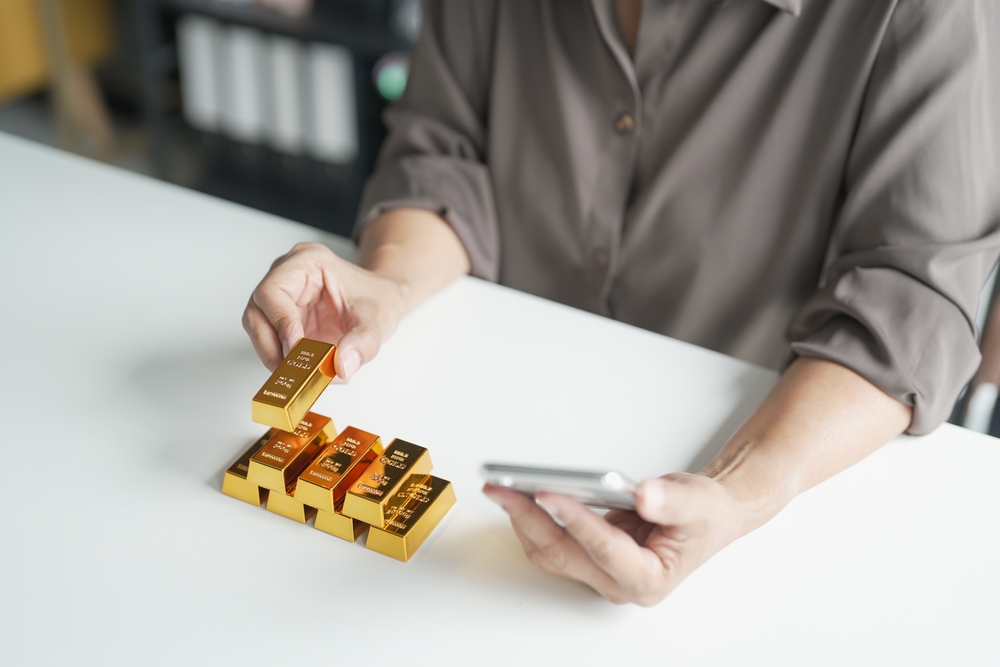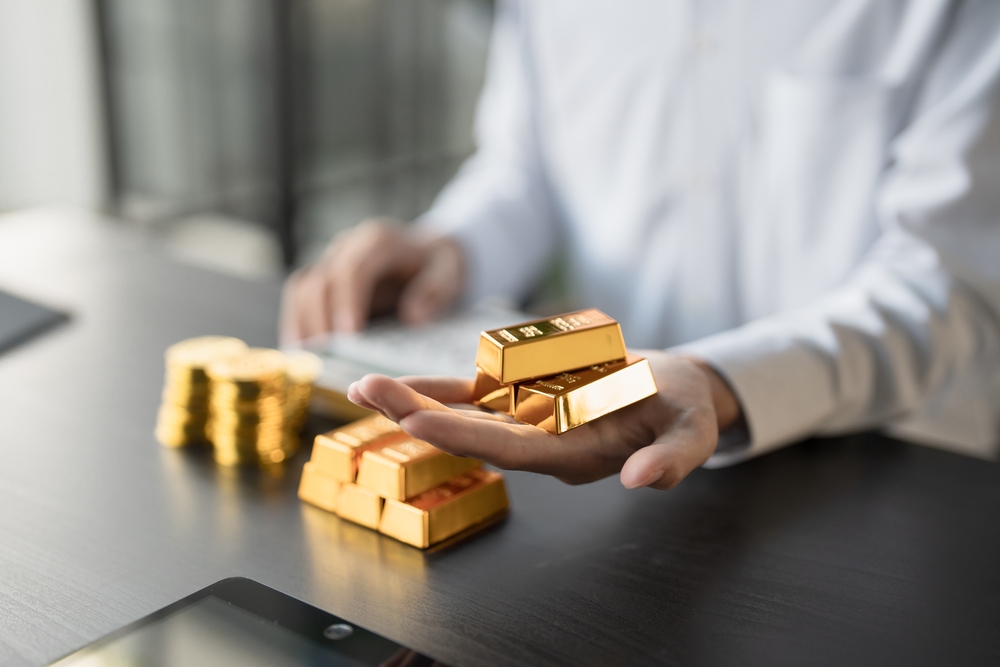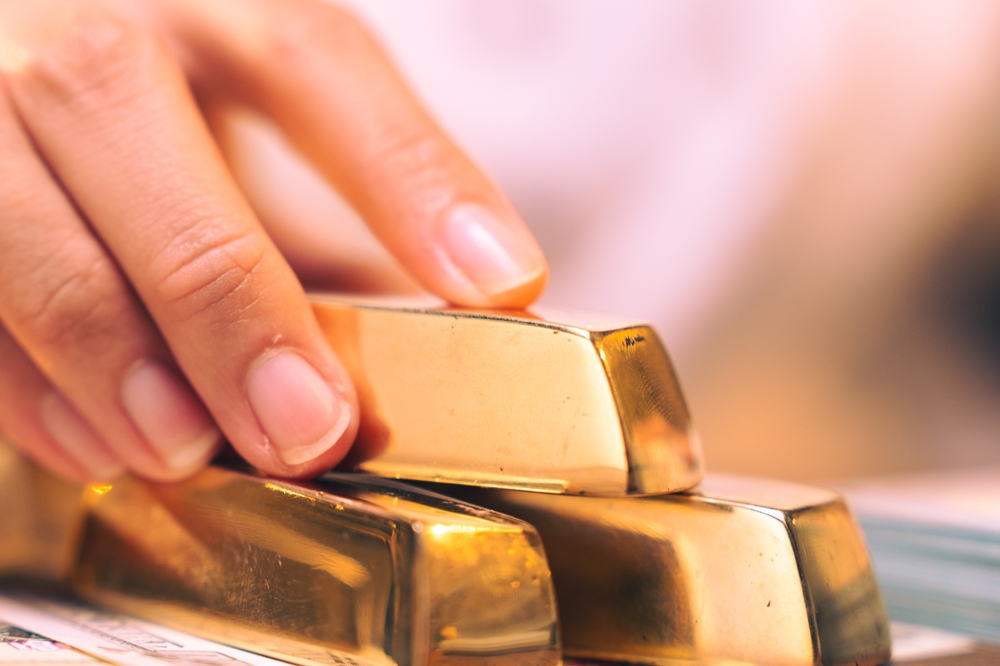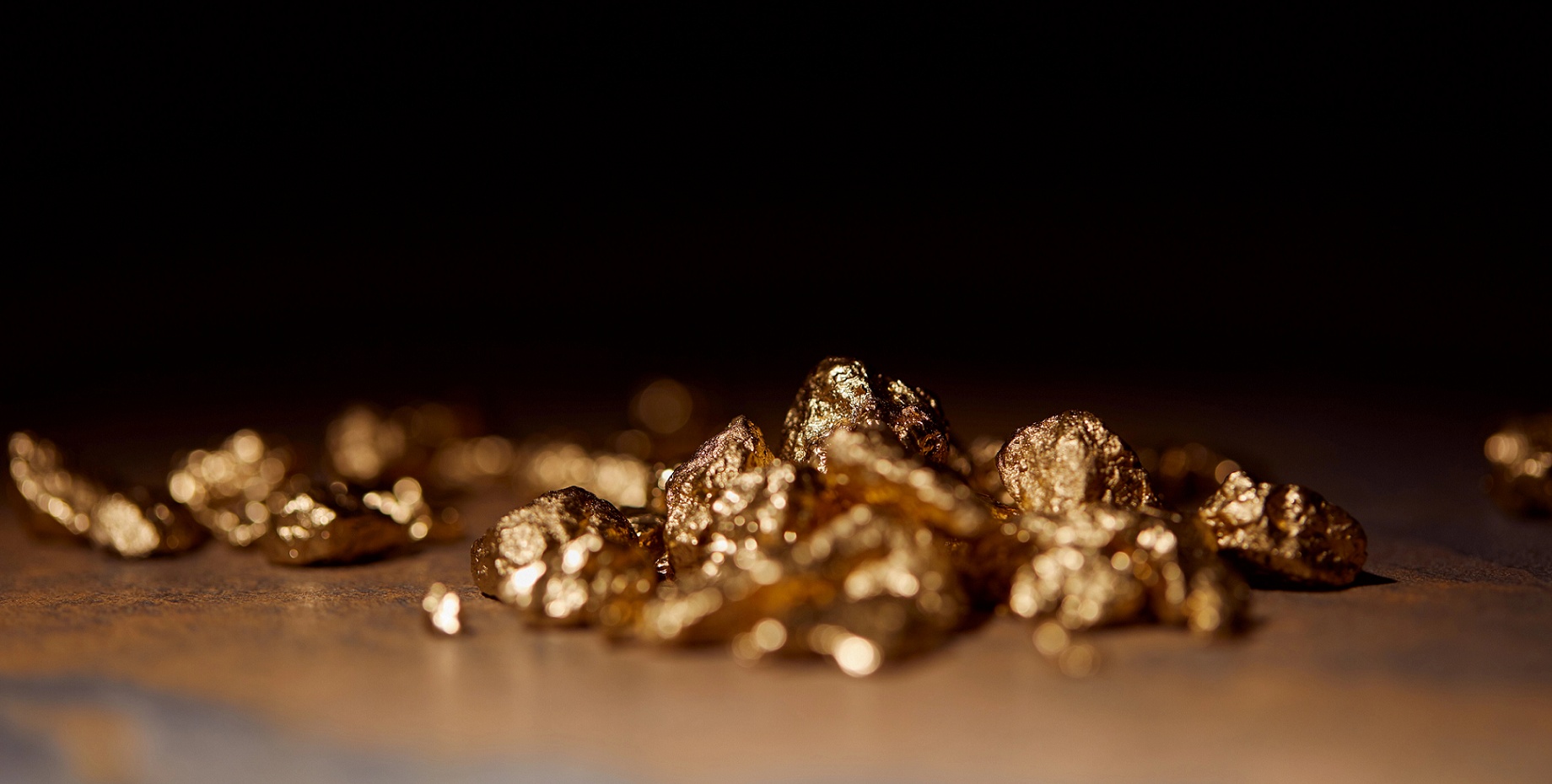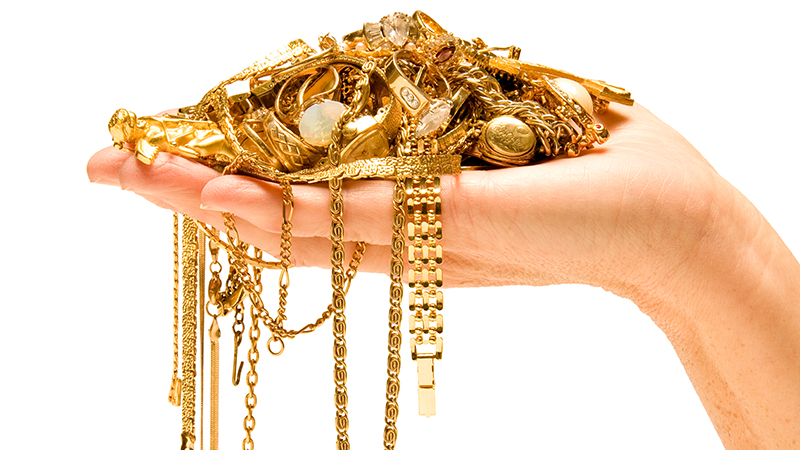Getting ready for an evaluation may seem straightforward, but proper preparation ensures both efficiency and clarity. Therefore, we always encourage clients to invest a little time in organizing their items before an appointment. In other words, taking the right steps ahead of time helps avoid confusion and improves transparency.
Many clients feel unsure about what to bring or how much detail they should provide. However, even basic steps like separating items by type and cleaning off surface dirt can make a major difference. It’s important to remember that gold comes in many forms—broken jewelry, coins, watches, even dental pieces—and each has its own considerations.
We often explain that cleaning and sorting gold is not about enhancing value artificially. Rather, it’s about ensuring the professional examining your items can focus on karat purity, weight, and authenticity. As a result, you gain a more accurate and faster appraisal.
To get familiar with how gold is typically assessed during appointments, many clients find it helpful to first review the process used by gold buyers in Saskatoon. Doing so offers valuable insights before your visit.
Clean Your Gold Gently Without Damaging It
Most people assume their gold items must look pristine, but that’s not always true. That is to say, aggressive cleaning can do more harm than good, especially for delicate pieces. We advise using mild dish soap, warm water, and a soft-bristled brush to remove surface grime. However, ultrasonic cleaners and harsh chemicals should be avoided at all costs.
In our experience, a simple soak and gentle scrub are usually enough to reveal identifying marks and give the evaluator a clearer view. Likewise, polishing cloths can be helpful, especially for coins or solid pieces that don’t contain stones. However, if the item has gemstones or is antique, cleaning should be extremely limited.
If you’re not sure whether to clean a particular item, it’s better to bring it in as-is. Similarly, we can determine on-site whether further cleaning is appropriate. Clients are often surprised how visible stamps and marks are once light surface dirt is gone.
Organize Items by Type and Karat When Possible
After cleaning, organizing your gold items speeds up the evaluation process. For example, if you have chains, rings, and earrings, group each category together. In addition, if you know the karat values—10k, 14k, 18k—organize those accordingly. Even if you’re not sure, doing your best to sort based on visible stamps helps significantly.
We always say that preparation puts you in control. That is to say, when you organize your gold items thoughtfully, you’ll be more informed and better positioned to understand your appraisal results. It also makes it easier to discuss specific pieces or ask questions.
For those bringing in mixed metal items or gold-plated jewelry, putting them in a separate pouch avoids unnecessary confusion. Similarly, any broken chains, unmatched earrings, or scrap should be kept distinct from wearable pieces. This prevents time spent sorting during the appointment itself.
Clients often ask about the types of metals and valuables they can bring beyond gold. Our complete precious metal evaluation services page includes helpful information about what qualifies and what to expect during the evaluation.
Include Documentation If Available
While not essential, documents like receipts, appraisals, or certificates can offer useful background. In particular, coins or bullion bars with official papers should be kept together. Therefore, we always recommend placing documents in a small folder to accompany your items. This allows us to verify details and establish a faster point of reference.
In some cases, documents reveal historical or collectible value that may affect our offer. Likewise, documentation can help identify weight or karat details that are not easily visible on the item itself. If the item was previously appraised, showing that report helps align expectations.
On the other hand, missing paperwork is not a problem. That is to say, we base our evaluations primarily on purity and weight. Still, any added information only supports a clearer conversation. Clients sometimes forget they have useful papers in storage, so we remind everyone to double-check.
Separate Gold from Non-Gold Items
One of the most overlooked tips is separating gold from other materials. People often store gold alongside costume jewelry, silver, or stainless steel, which can lead to delays. Therefore, before coming in, we recommend going through each item and ensuring only gold is included unless you are evaluating other materials as well.
Some clients bring in entire jewelry boxes, not realizing that many pieces are gold-plated or made from other metals. In those cases, we assist in sorting. However, it takes extra time and may create confusion during busy appointments. As a result, you may experience a slower process.
If you’re unsure whether an item is gold, include it in a separate pouch. In other words, we’ll examine those pieces individually without confusing them with confirmed gold. This also protects genuine gold items from being scratched or damaged by harder metals or bulky items.
Check for Hallmarks and Stamps
Before your appointment, it’s helpful to examine your items for stamps or hallmarks. These markings often indicate the karat value or origin of the gold. For instance, common stamps include 10k, 14k, 18k, 22k, or markings like “750” or “585.” Therefore, identifying these details can assist us in verifying the purity during the evaluation.
We often guide clients to use a magnifying glass or smartphone camera to look for marks in hidden places. That is to say, clasps, inner bands, and under pendants are typical locations. These markings help set expectations ahead of time, especially if you have a variety of karats in your collection.
In some situations, older items may have worn stamps or none at all. Likewise, handmade or international pieces sometimes use different symbols. In these cases, we’ll conduct a test using industry tools, so a missing stamp is not an issue. Still, pointing out any visible marks ahead of time is always useful.
Make Sure Items Are Easy to Handle
During evaluations, efficiency matters. Consequently, we appreciate when clients bring gold in small containers, trays, or zippered pouches. For example, coins stored in plastic sleeves or rings placed in jewelry boxes are easy to inspect. On the other hand, tangled necklaces or loose items in one bag slow the process down.
We suggest choosing soft materials that won’t scratch the items. In addition, avoid taping things together or using rubber bands, which can damage delicate pieces or create unwanted residue. Likewise, be sure nothing is wrapped in tissue or paper towels, which can be torn or misplaced easily.
A neat presentation helps both sides focus on what matters. Above all, we aim to protect your items during handling, so keeping them secure but visible is key. If you’re bringing a large collection, using separate containers for each group is especially helpful.
Plan Your Time and Bring ID
Finally, plan to arrive with time to spare. Appointments may vary in length depending on how many items you bring. Therefore, having flexibility helps ensure everything can be examined without rush. In other words, don’t plan to squeeze it in between errands if you’re bringing many pieces.
We also remind clients to bring valid photo ID. This is a standard requirement for all evaluations involving precious metals. Similarly, it’s part of the legal process to ensure all items are documented appropriately. Forgetting your ID may delay the evaluation or require rescheduling.
Whether you’re selling a single item or many, preparation makes the experience smoother. Most importantly, you leave feeling informed and respected, knowing you took steps to ensure an accurate assessment.
If you’d like to schedule an evaluation, you can reach us through the appointment request page for any inquiries or timing options that work best for you.
FAQs
What happens if I bring in items that turn out not to be gold?
We simply set those aside and let you know. You’re never obligated to leave anything with us, and we’re happy to identify pieces even if they’re not gold.
Do I need to remove stones or settings from my jewelry?
No, our team will evaluate the piece as it is. However, we only assess the gold portion unless otherwise requested.
Can I bring in gold coins along with jewelry in the same visit?
Yes, you can bring coins, bullion, and jewelry together. It’s best to separate them in different containers to streamline the process.
Is it okay to bring in tangled or damaged gold items?
Yes, we evaluate gold regardless of condition. However, untangling chains in advance helps save time.
Should I get a prior appraisal before coming in?
It’s not necessary. Our team provides real-time evaluation, but if you have past appraisals, bringing them can add helpful context.

